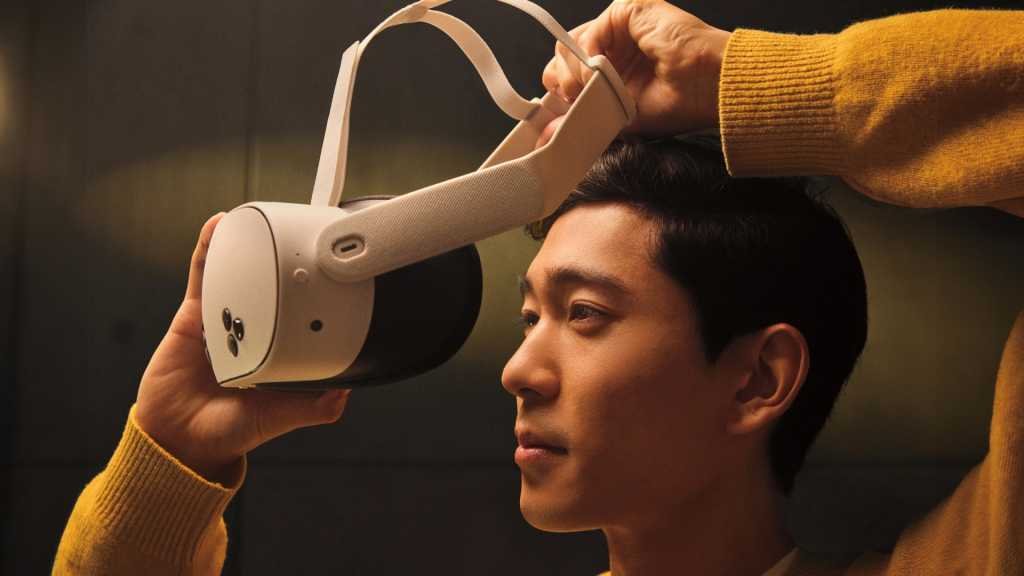It feels like we’ve been getting a trickle of news about Google and Samsung’s plans for ‘XR’ headsets running Android for a long time now. But according to a new Play Store app teardown, Google is currently working on actual software support. It doesn’t mean headsets are coming tomorrow… but it does mean someone high up at Google thinks they are coming.
Android Authority dug deep into the code of the latest APK file for the Play Store interface on Android and found compelling evidence. Android apps can now detect if they are compatible with an ‘XR headset’ device, the same way they check for compatibility for phones, tablets, watches and Chromebooks. There’s even an icon for the device class, a very clear drawing of an Oculus-style headset.
Android is already the open-source operating system for Meta’s Quest VR headsets, so all games and apps running on it are technically Android apps. But that software has been so heavily customized and locked down that it has essentially been completely removed from Android, as most people understand.
XR headsets, which Arm defines as encompassing virtual reality, augmented reality and mixed reality (go easy on the marketing-speak buddy), are said to be agile and wearable devices. Think a mix of Apple’s Vision Pro and something much more subdued, like the Ray-Ban Meta glasses. Samsung, Google and Qualcomm have been working on it something in this space for a while, but it keeps getting pushed back depending on what snippets of information leak out.
Ray Ban
Even as a general fan of VR technology, I have to admit that no one has found a truly compelling argument for a more ubiquitous headset or glasses device. And we’re talking about a form factor that Samsung, Google, Microsoft, and Apple have all attempted in some form or another. Why do they keep coming back?
First, because it’s been twenty years since the modern smartphone came along, and every tech company wants to be the one to launch the next ubiquitous gadget. Smartphones and tablets are saturated in almost every market right now. The only way to sell more is to expand into emerging markets, which typically attract only low-end buyers for low-margin devices, or try to create demand for high-margin ultra-premium devices like the Galaxy Fold or iPhone Pro . Companies strive for unlimited profits, so finding new form factors is inevitable.
But I think a bigger part of this is because tech companies are run by people, and people seem to think that a vision-based interface for electronics is inevitable. It’s become such a staple of science fiction, so ubiquitous in video games that we barely notice it, that at some point we’ll all just expect smart glasses or a powerful headset.
It feels like we’re back in 2013 and we’re all holding our breath for the original Galaxy Gear watch. Because we just know Dick Tracy-style smartwatches are going to be a thing, even if we’re not sure how we’ll actually use them.
So bring it on, Google. Give the headset another chance. If you don’t do it, someone else will. And they’ll probably fail…but eventually someone won’t.













Leave a Reply